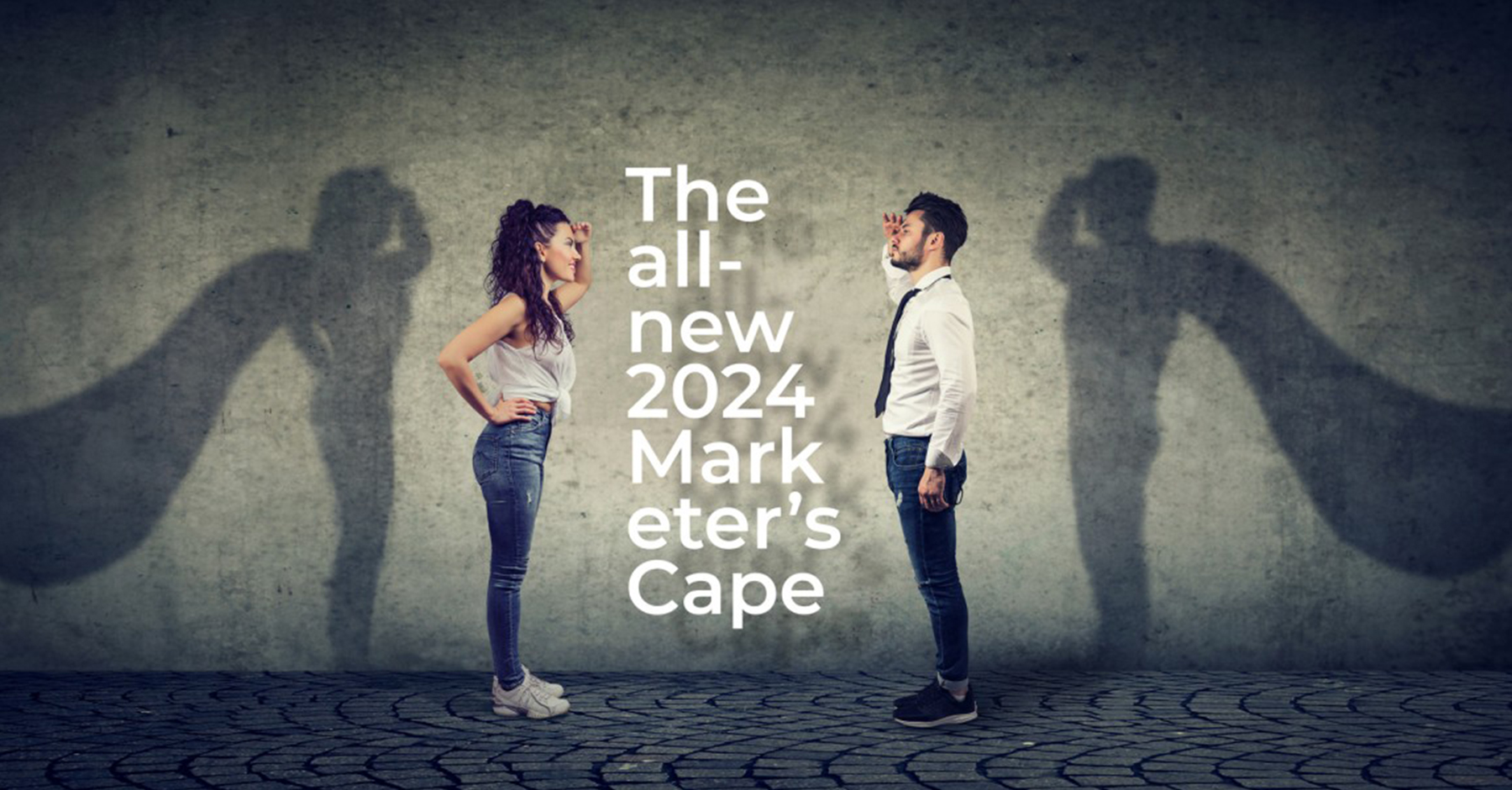As an employer today, you’re likely thinking about how to engage and retain your employees. The balance of power is shifting somewhat, with workers suffering from burnout leaving their current jobs and taking their career paths into their own hands. It’s a big enough trend to get its own name: the Great Resignation.
Top performers departing: A real threat
According to Hays research, 61% of employees are considering leaving their jobs in 2022. That’s even more than the 51% who gave the same answer in 2021. This is an especially tricky time for companies to be losing so many employees, as 52% of employers told Hays they are struggling to fill open positions due to a lack of applicants.
Keeping your top-performing employees under such circumstances means rethinking your approach to rewards, benefits and everyday engagement. If your current solutions aren’t doing enough to hold workers’ attention, you need a new approach. But what form should this new strategy take?
Employee morale and gamification
As it happens, the key to employee engagement may prove to be very similar to customer engagement: Modern, data-driven rewards programs. By gamifying and personalizing the interactions between you and your employees, you can create a more enjoyable, rewarding workplace, where employees will be happy to stay.
Leaders typically know that recognition programs are a key component of retention. The Hays survey discovered that recognition schemes are the second-most-popular form of retention measure, with 42% of companies trying this avenue. The only strategy seeing more use is increasing communication at 43%.
With more than two-fifths of companies ramping up their recognition plans, one thing is clear: simply recognizing employee achievements is not enough to differentiate a business. To really stand out to your workers, you have to deliver a plan that suits their needs and preferences. This critical edge can come from enjoyable, gamified experiences.
The gamification edge
Gamification, the process of using game-like mechanics in non-game situations, is a common strategy for making experiences more fun and engaging. Why is it such a useful tool in reaching out to employees? It comes down to motivation.
Gamification’s focus on fun and enjoyable interactions makes it a natural match for programs that people will want to engage with. According to the Society for Human Resource Management, the competitive striving and reward-based structures associated with gamification are good motivators for employees.
Both private affirmation and public recognition of employee achievements can be important parts of gamified rewards programs. The SHRM noted that younger employees, millennials and members of Generation Z, are motivated by a need for recognition.
Indeed, the recommended reward types for employee engagement strategies look a lot like those associated with customer reward programs. In both cases, gamified experiences of interacting with company apps provide positive feedback for the person using the system, as well as social proof of their success.
More than leaderboards and badges
Another connection between customer rewards and employee rewards is the need for programs that will go beyond the baseline to create a connection with users. In the case of customer rewards, this means businesses should look beyond basic “earn and burn” point-spending programs. In the world of employee rewards, employers should move beyond genetic badges and accomplishment leaderboards.
Companies can reach this new level by building their gamified employee reward strategies around a lifestyle marketing platform, a more adaptable and data-driven form of technology. With such a responsive system, it’s possible to set up immediately gratifying rewards based on employees’ preferences.
With an advanced platform, your company can offer a variety of interactive features, putting your internal employee programs on the same level as industry-leading customer loyalty programs. This may mean creating a digital space for employees to communicate or receive feedback from leaders. It could also entail a marketplace for rewards and perks.
The key to crafting a gamified and personalized employee engagement strategy is to guide the deployment with data about your workers. No two companies will have the exact same ideal rewards scheme, because no two workforces are quite alike.
Psychological and cultural benefits of a gamified employee rewards program
Rewards and gamification can both have positive effects on the way employees think about their work and engage with companies, and when put together, the effects can combat the increasing rupture between workers and their employers.
- Rewards can be designed to bring employees in line with a positive company culture. SHRM stated that employee rewards should be aligned with a company’s mission and organizational values, and should be integrated smoothly into employee life. A well-crafted program can tie rewards to events such as an employee demonstrating a commitment to company values, or having a positive effect on their coworkers’ morale. There can even be rewards attached to recruitment and retention, thanking workers for strengthening their teams.
- Gamification is a tool that can make some of the most tricky elements of workers’ days into fun, or at least compelling, activities. Law Journal noted that, from encouraging employees to study new areas of competency to changing their behavior, human resources departments can tie some of their overall objectives to gamification. The serotonin rush of receiving a well-chosen reward can be a powerful incentive.
By combining carefully designed rewards strategies with well-integrated gamified elements, companies can become employers of choice, even at a time when employees are often searching for greener pastures. If your company’s rewards approach is outdated, or if you don’t have one at all, now is a great time to commit to an upgrade.
Employee engagement gamification: Powered by Perx
The connection between employee engagement and customer engagement becomes clear when you consider that the ideal tool for customer rewards — the Perx lifestyle marketing platform — is also perfect for use with your employees. All the features of a great customer retention program, from instantly gratifying app interactions to carefully selected reward choices, are useful tools for employee retention.
All of these capabilities are available through Perx. Learn more now!









